We sat down with Fritz Hendrik IV to discuss his current exhibition
at Harbinger Project Space, feelings of doom and optimism and the liminal space
of color. In paintings, sculptures and 3D printed models, Hendrik cites a multitude
of references in more depth of thought than he admits, asking large questions about
the role of the artist and the role of art in our strange pandemic-stricken, climate-collapsing
reality.
Can you introduce us to your exhibition
‘Core Temperature’ at Harbinger, and how it was initially conceived?
A lot of the process of building this show has been
shaped by the circumstances. I wanted to make an interior for an abandoned house
in the countryside. I applied for funding for that, which would have been a big
project, but I got a smaller grant that didn’t cover that idea. So, the starting
point of this exhibition was to shrink the empty house idea, and the exhibition
evolved in the process. As time went on, and Covid-19 came, I wanted to involve
that experience in an implicit way. Many of us were playing a lot of board games
at home and that gave me inspiration for the exhibition.
This year I tried the game Dungeons & Dragons for
the first time, which was a really inspiring experience for me. I thought the premise
of this board game was so interesting, because it’s basically improv. You have a
narrator or storyteller, and he puts the players in circumstances. Then, the player
has to react to a circumstance and throws a dice, and the dice tells him how successful
he is in what he wants to do. That became the premise of the exhibition—to have
this instruction on the window. There’s also a QR code that you scan, which brings
up an animation of a dice being thrown, which always breaks.
I was inspired by thinking about this weird global
situation, where you’re kind of always hoping for the best, and you have all these
statistics telling you that you’re bound to fail—in terms of global warming and
everything else. Yet, we always find ourselves thinking, ‘I’m going to do this,
I’m going to recycle this, I’m doing something that is going to help.’ I have a
persistent thought which is that, ‘this is not going to change anything’. There’s
always a dice breaking, where you’re hoping for a result that never comes. I went
into a doom mindset in the process of the exhibition, and I just let that run its
course.
Can you tell us about the relationship
between text and the visual works in your practice?
That relationship has always been
something I struggle with. Text can act as a helpful invitation to start to think
about the works. Also, I want to have it speak to people that are also not involved
in visual arts normally, since text is a little bit more approachable. It can, however,
also get to a point where text is feeding the viewer information and it becomes
didactic. You know, like ‘this is how this
works.’ I like text when it’s both inviting and informative, without telling you
what to think.
We’re curious about the fictional
character that often features in your work—Fræðimaðurinn (e. The Scholar)—is he
present in your exhibition at Harbinger?
Actually, no. He’s absent in this exhibition. His existence
in my previous work was practical. I wanted to poke fun a little bit at the theoretical
aspect of contemporary art—the way that we always have to use theory as a crutch.
I really liked the idea of making my own crutch, and of then externalising it in
a character. Then, I have eliminated the need to have constant justification through
theory, and am only justifying in a playful way. After that process, we could make
him say all kinds of stuff.
Do you imagine the details of his
character, how old he is and what he reads?
I imagine him like this 1960s existentialist philosopher,
like Foucault or Sartre. He might even have the round spectacles as well. Philosophy
isn’t something I’m an expert in, but when I have read these thinkers, they have
really spoken to me and had a real effect. I’m really drawn to existentialists,
even though I’m told they are very dated or problematic thinkers now.
Do you feel art should be allowed
to tell a narrative?
That’s a question I ask myself all the time and I don’t
really have an answer to it! I have the tendency to almost go the whole way of deciding
everything in my work, with a set narrative and a set meaning but I always stop
before I get to that end of the story, both for myself and for others to have some
space and to determine an ending themselves.
There are traces of parafictioning,
literature and philosophy, then, in your work. Where do you take inspiration from
in other arenas of life?
I like to give myself the freedom to take inspiration
from many different places—it’s never specific. In this exhibition, for example,
there is the Dungeons & Dragons aspect, but there is also interior design, sports
(in the lines on the floor). I’m not an expert in anything, and that’s the freedom
you have as an artist.
Do you think about the role of the
artist in a performative or formal sense?
Sure. I think about it in the same way as with most
professions. How we act in certain ways to play out our roles in society. That is,
actually, a big inspiration for all my work. For example, I take from Baudrillard
this idea that everything is staged, in our society and in our culture. We can imbue
things with meaning through a process of staging. For example, that’s how I approach
painting. Painting is a really charged object. For me, it gives the idea that something
is meaningful or important, merely by its form.
Do your paintings ever exist as
their own entities outside of an exhibition?
I’m a little bit afraid to take the paintings outside
of the installation, because I like them to have a sense of self and a consciousness.
When paintings are in a setting like this show at Harbinger, I feel like they’re
conscious of the premise, connected and self-referential, rather than existing as
a stand alone object.
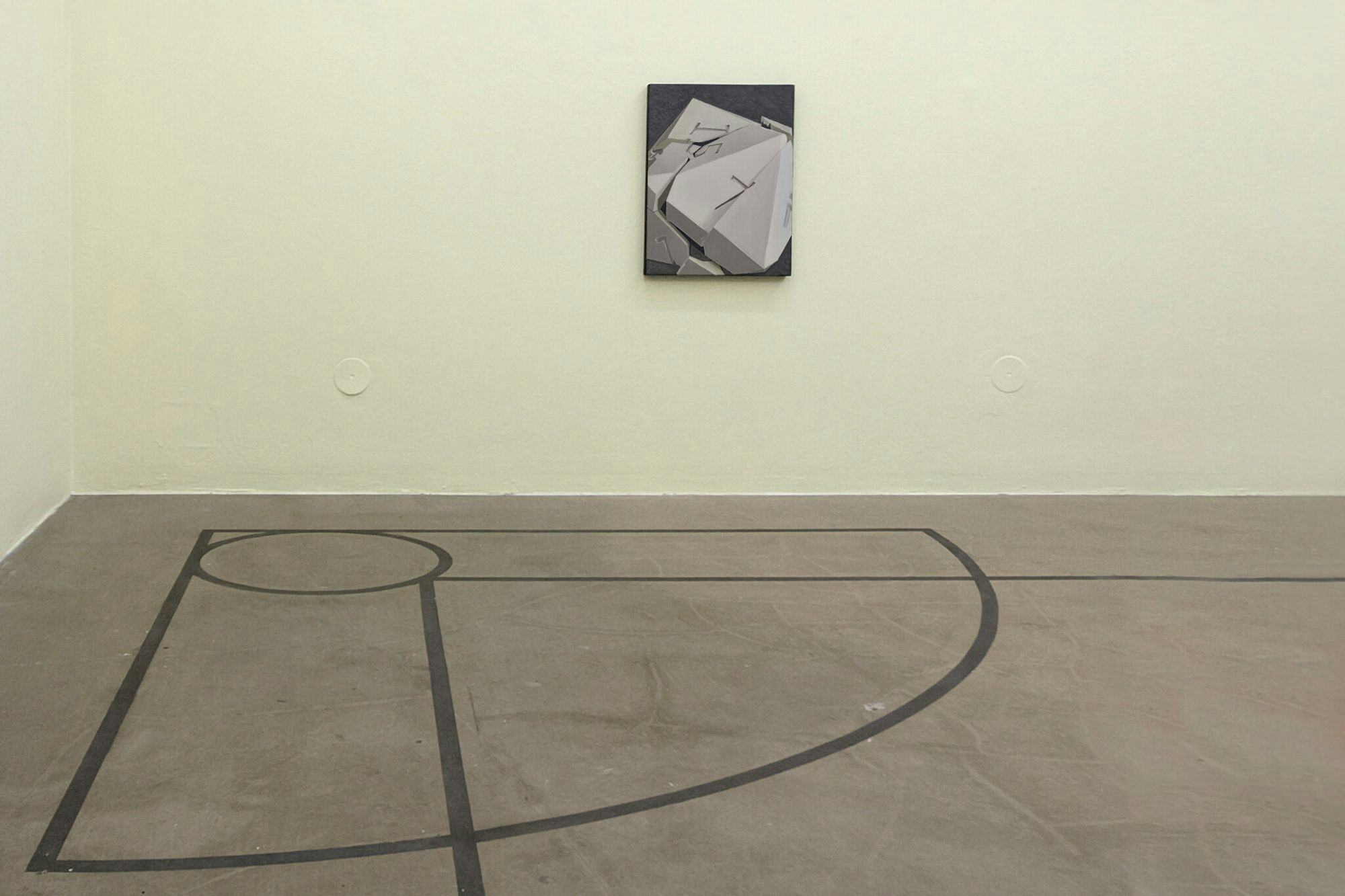
Core temperature, 2020. Installation view (detail).
Photo: Courtesy of the artist.
It seems there is a partiality and
peripheral quality to the figures in your paintings. We always see the back of a
head, or the corner of a hand, for instance. Do you agree and is this sense of a
close-up, reoriented gaze something you think about?
Yes, I think so. It’s similar to how
I think about text—I want to invite somebody in, but I don’t want to tell the whole
story, because I want to leave the picture to be finished in the head of the viewer.
So, if an artist had to have the whole scene shown, you would have to have the whole
idea from beginning to end visible. The cropped angle leaves more for the viewer
to determine. Also, I like the idea of the
archetype—the idea of the thing rather than an actual
thing. For example, a hand is something you can really relate to, and
it’s not a specific hand, it’s any hand.
How do you conceive of the viewer
when you’re putting together an exhibition?
I like to think about the whole exhibition as a premise
and an experience for the viewer. Because this exhibition is put up as an arena
for a game, for example, I was uncertain about the role of the viewer. It looks
like an invitation for participation. But when I thought about performances in the
space or a physical interaction with the game, that was a complete turn off for
me—I don’t want anyone to sit in the chair. So why would I make the chair? Maybe
this is another aspect of creating scenes and staging—that they are somehow pristine
and untouched.
What comes first, the making or
the concept?
Definitely the making. Youtube has had a lot to do
with the craft aspect to my work. The way you can teach yourself skills on Youtube
has led me to most of the forms I create. For example, model making and 3D printing,
which is something I’ve gotten into through the internet. I bought a 3D printer
from China and there is a big community of model making online where you can engage
in tutorials and discussions. I use that community in the making and the modelling
process as a jumping off point. For example, the painting of the androgynous figure
in this exhibition was a 3D image first. This is a method I’ve been using since
I graduated. It gives off this unreal/real quality, yes, and a feeling of the too
staged or clinical, which works in tandem with the formal quality of my work.
There is a very refined color palette
that runs throughout your work. Does that come from an instinctual, formal place
or somewhere else?
The color palette is both formal and conceptual. It
has to do with the colors I gravitate towards on a strictly aesthetic level, but
I also think the conceptual part of the color is usually thinking about the liminal
or the in-between, where there are greyed out or muddied ideas. For example in this
exhibition, the idea is quite nihilistic but playful at the same time. A kind of
‘positive nihilism’, which is an oxymoron, because it shouldn’t fit together. I
really relate to the mindset of, ‘nothing matters, and that’s great!’ The colors
are a reflection of that mentality and juxtaposition—they are both colorful and
greyed out.
What are you working on at the moment?
Right now I’m thinking about electric outlets and batteries.
Particularly, fictional electric outlets, which have a religious or spiritual, visual
relation to icons.
Lastly, how do dreams function in
your work and how do your real dreams influence your making?
I’m more of a mundane daydreamer than a night dreamer.
I like to visualise and playfully think about things when I drift off, and I have
good ideas just when I’m about to fall asleep. For me, dreams are useful for conceiving
of things in an illogical or more free way than waking life allows, as a way of
getting rid of the sense of the logical that we’re brought up with.
Yes, against sense making? Isn’t
that why most of us are in the arts?
Yes—probably, definitely.
–
Fritz Hendrik IV has a secret exhibition about batteries
that might be coming soon in Norway and may not be.
‘Core Temperature’ will be on view through the window
at Harbinger Project Space until around Christmas time.
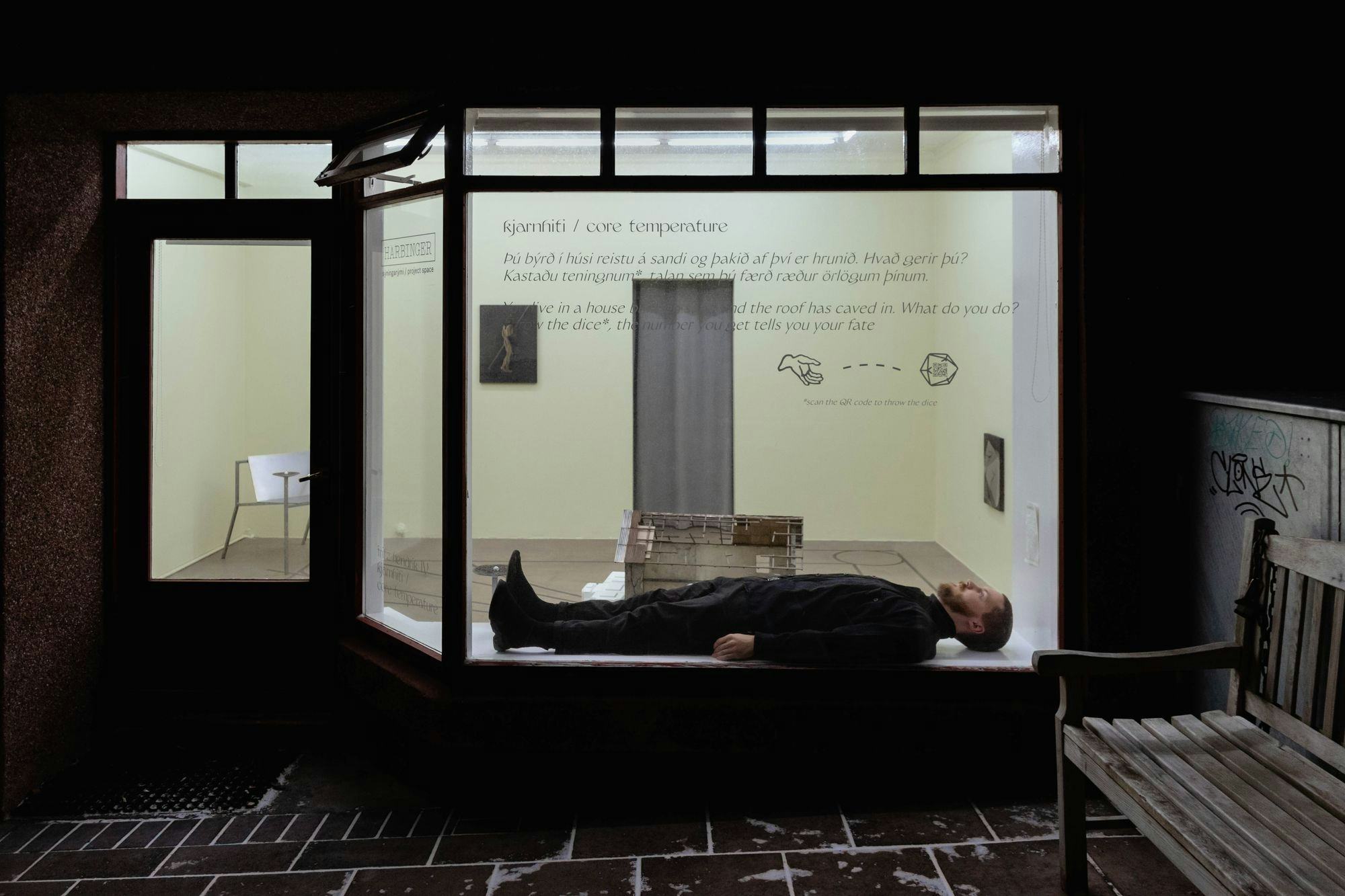
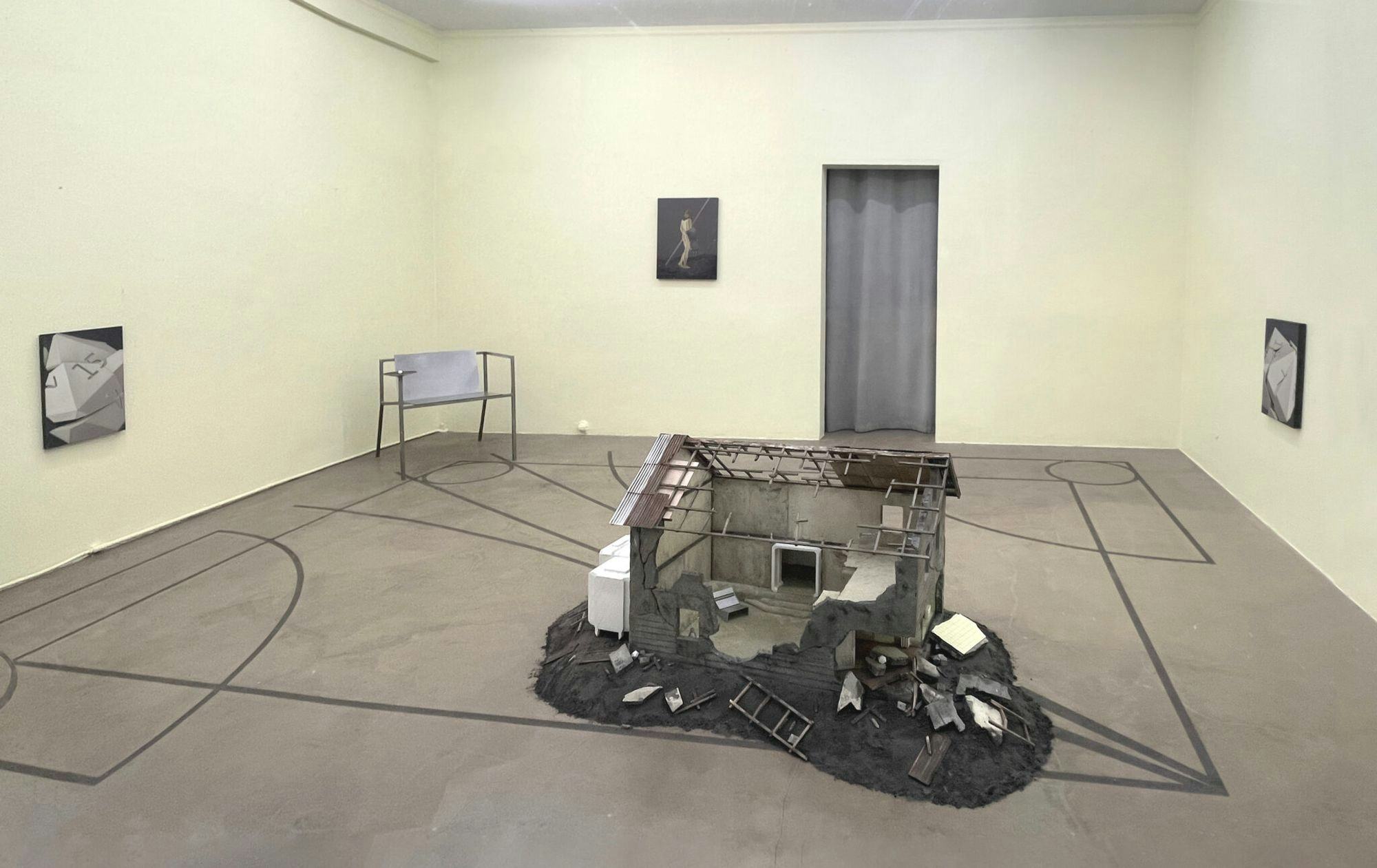
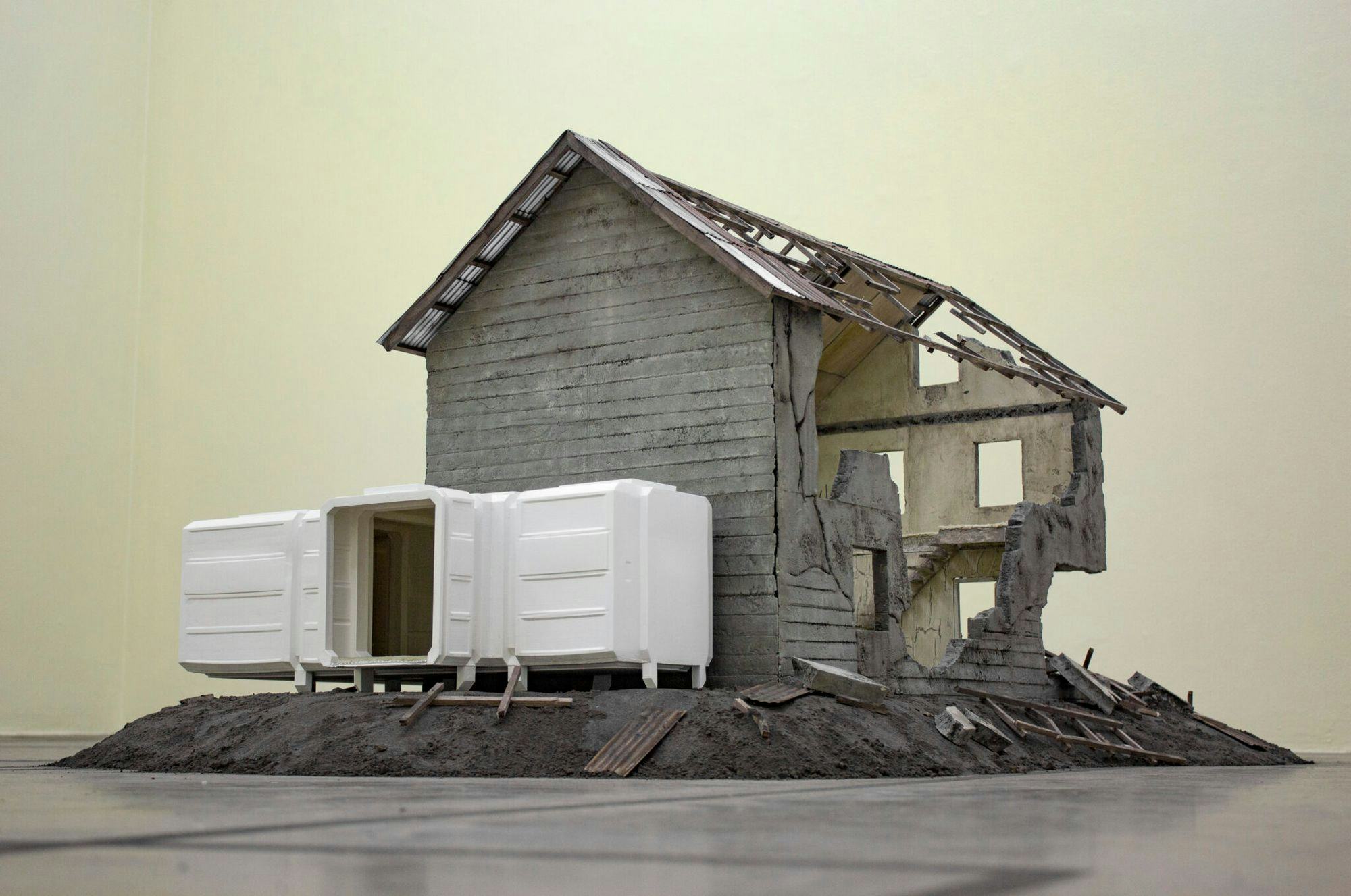
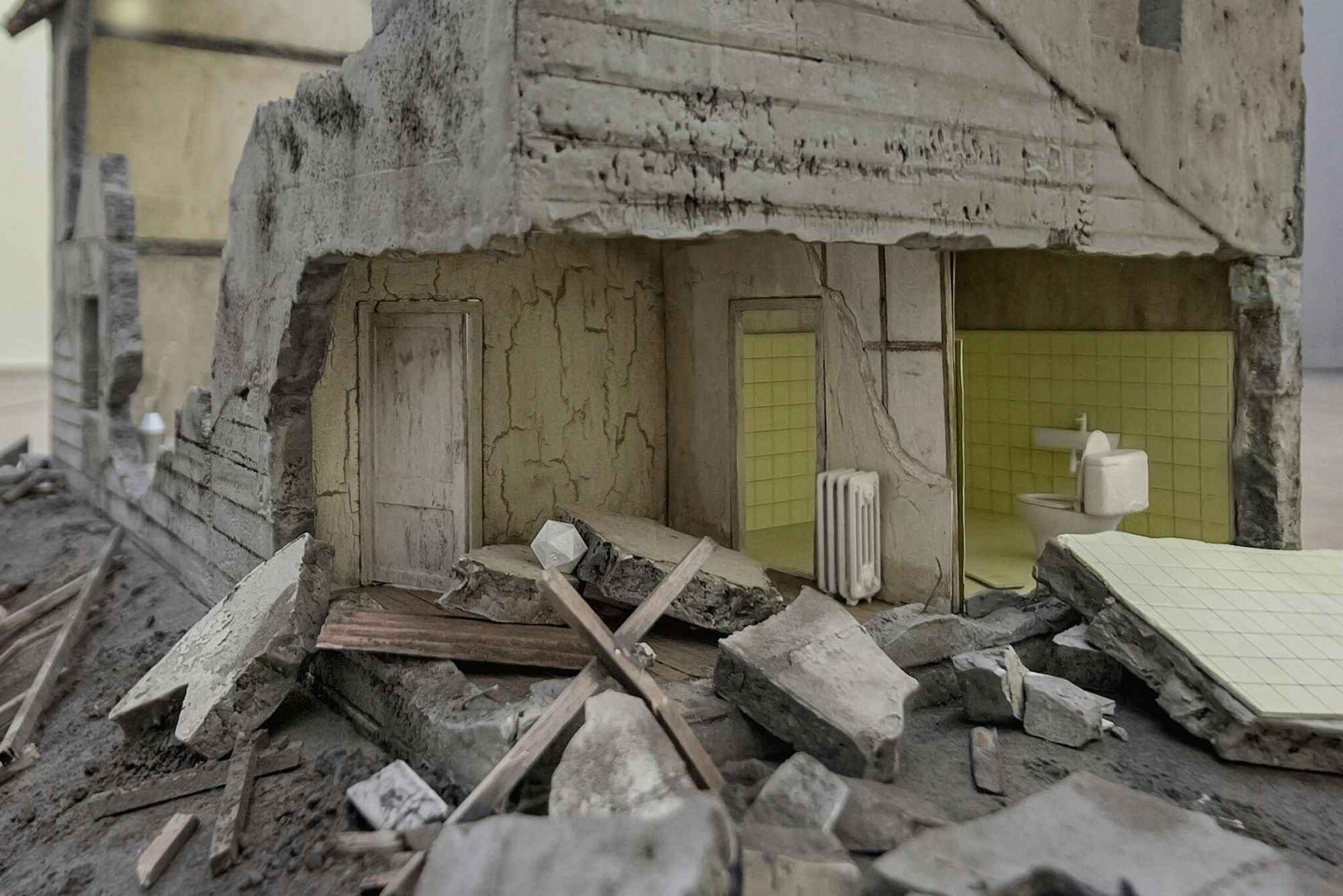
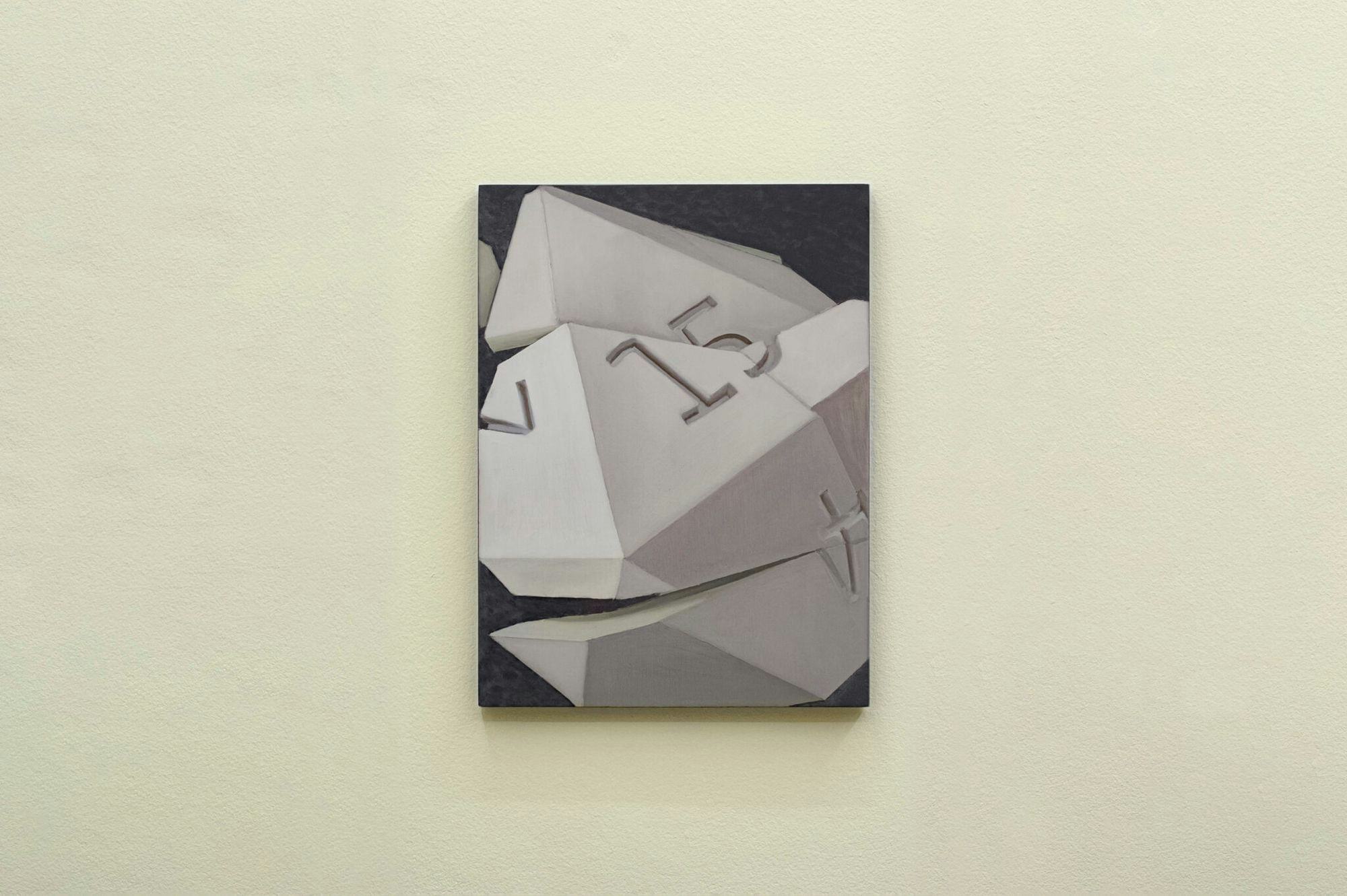
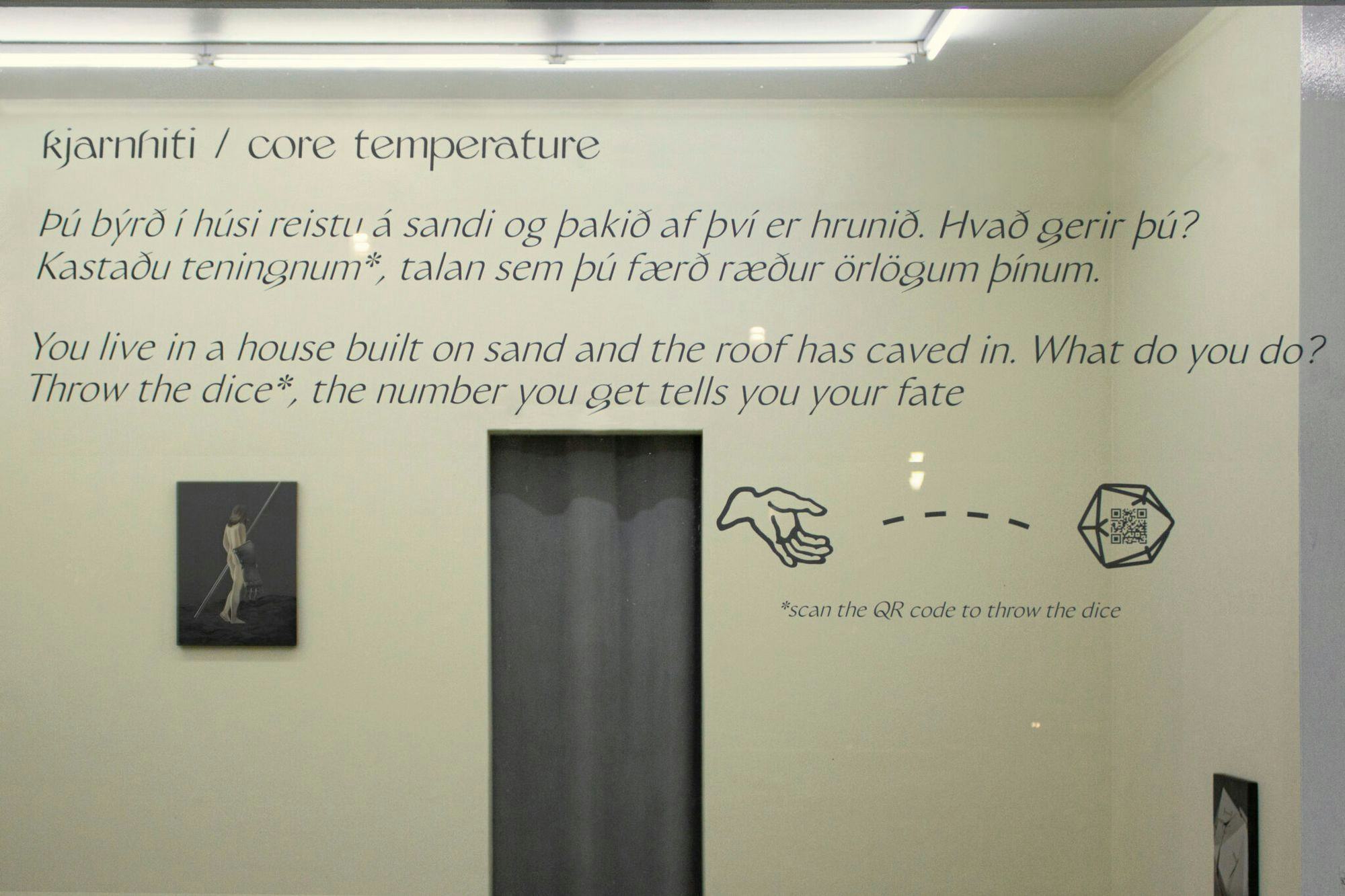
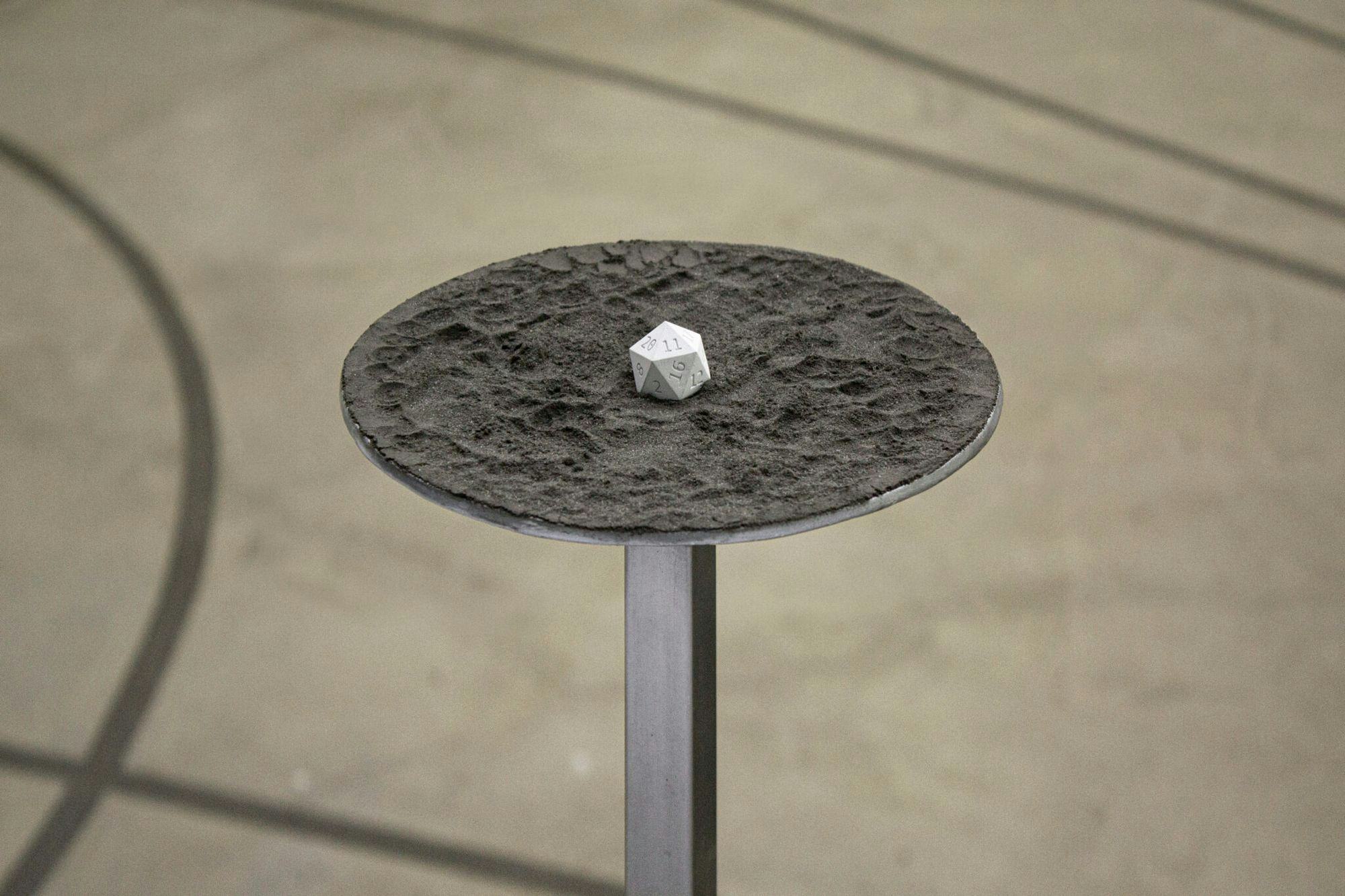
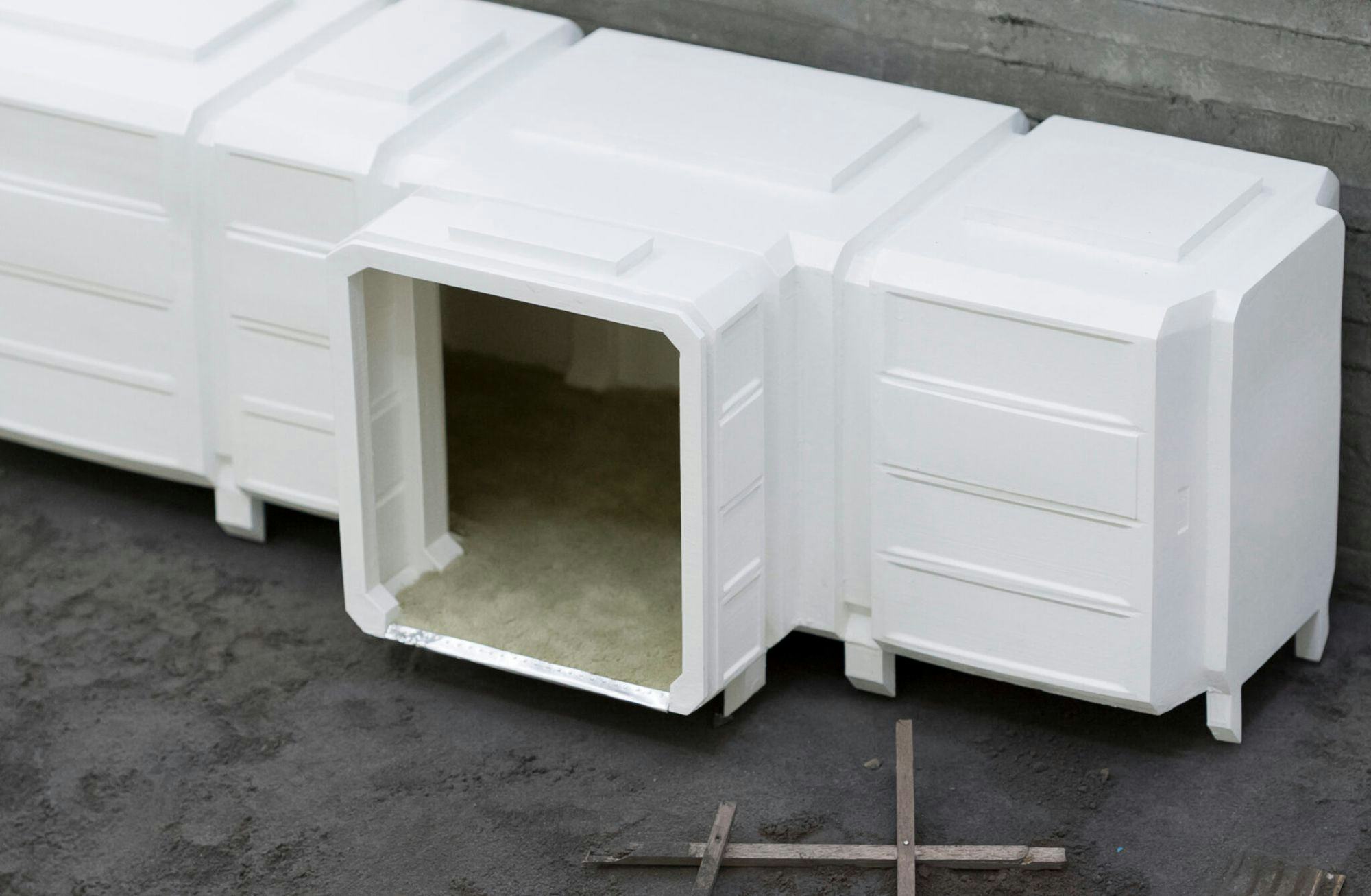
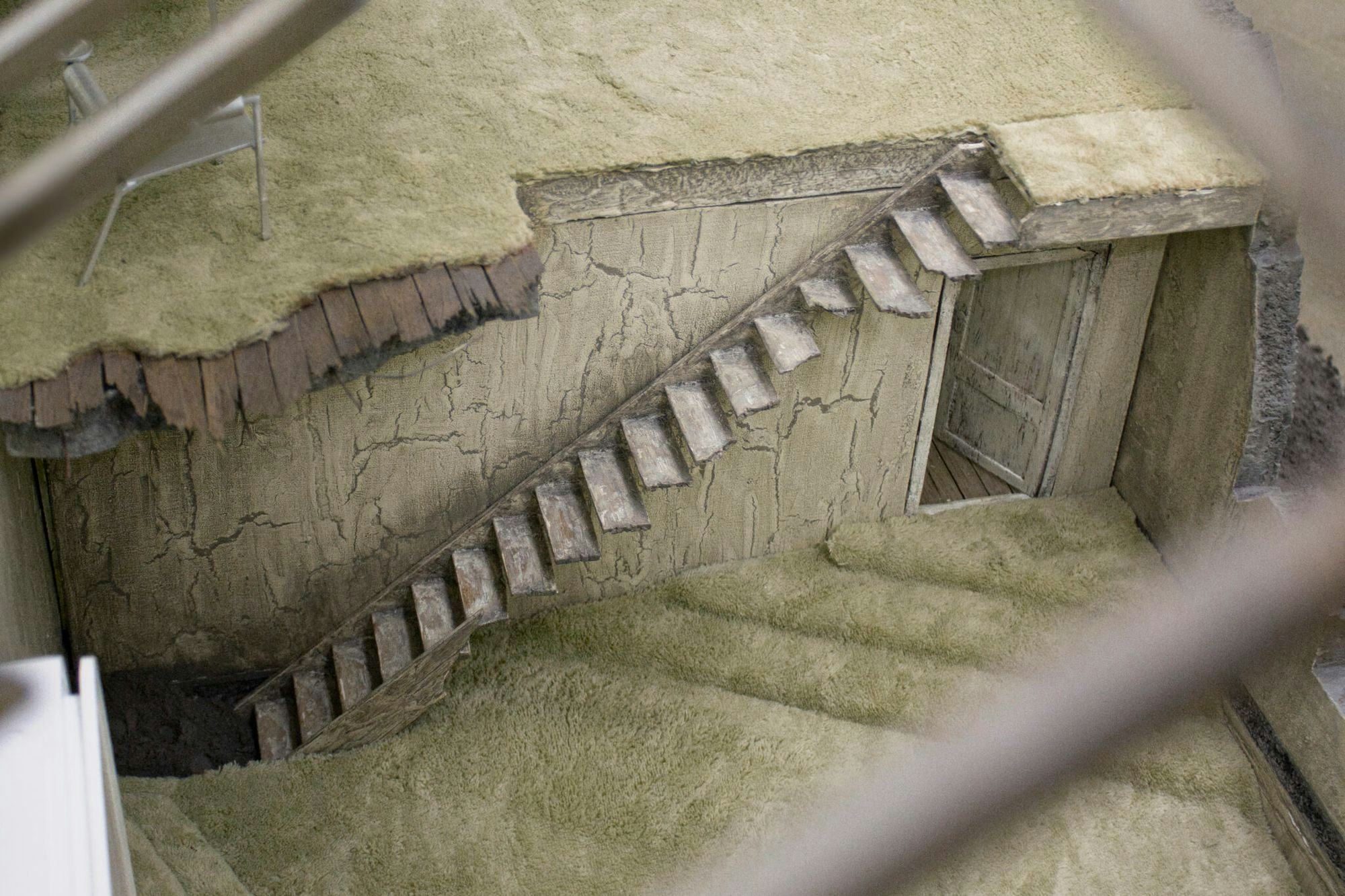
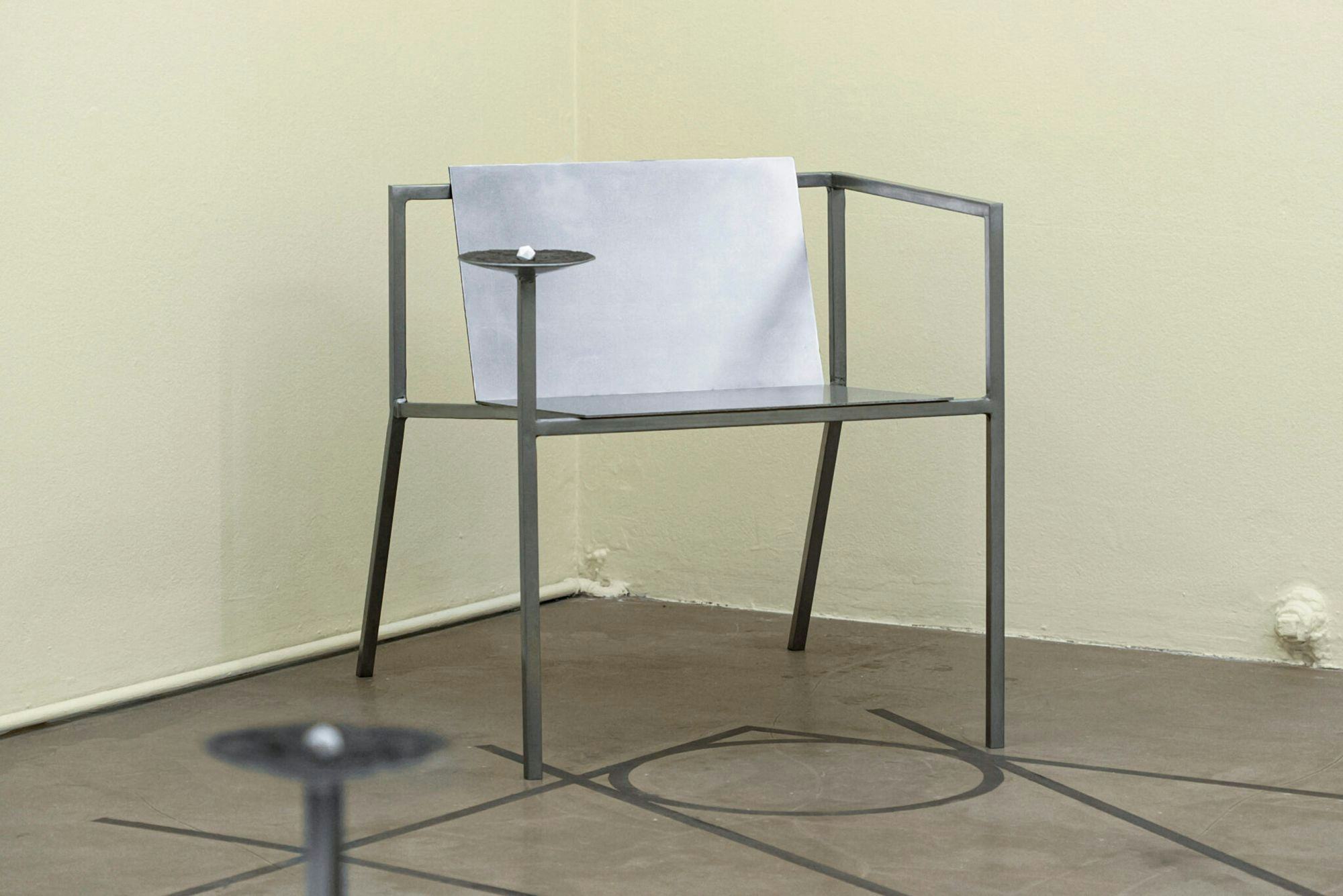
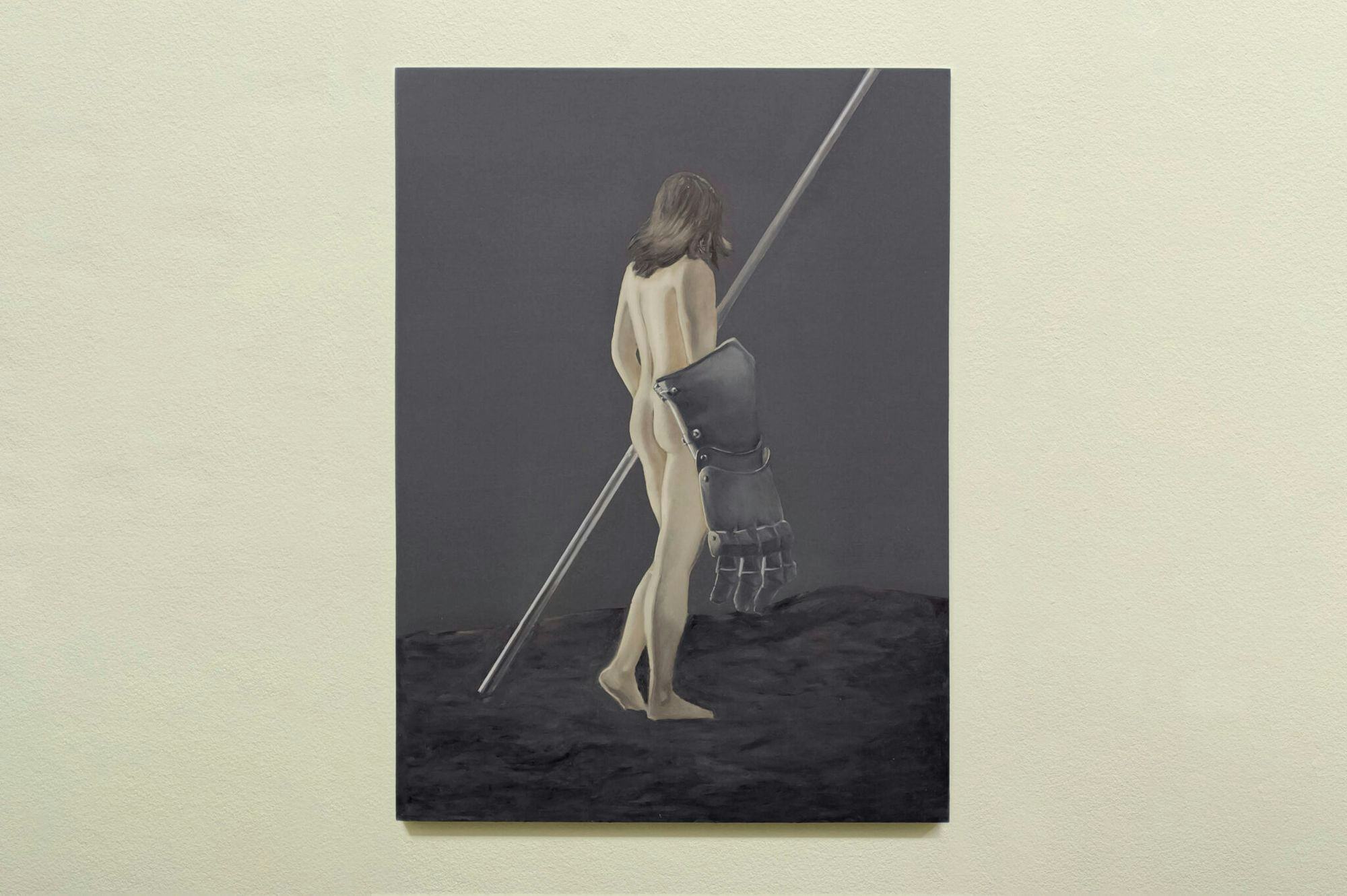
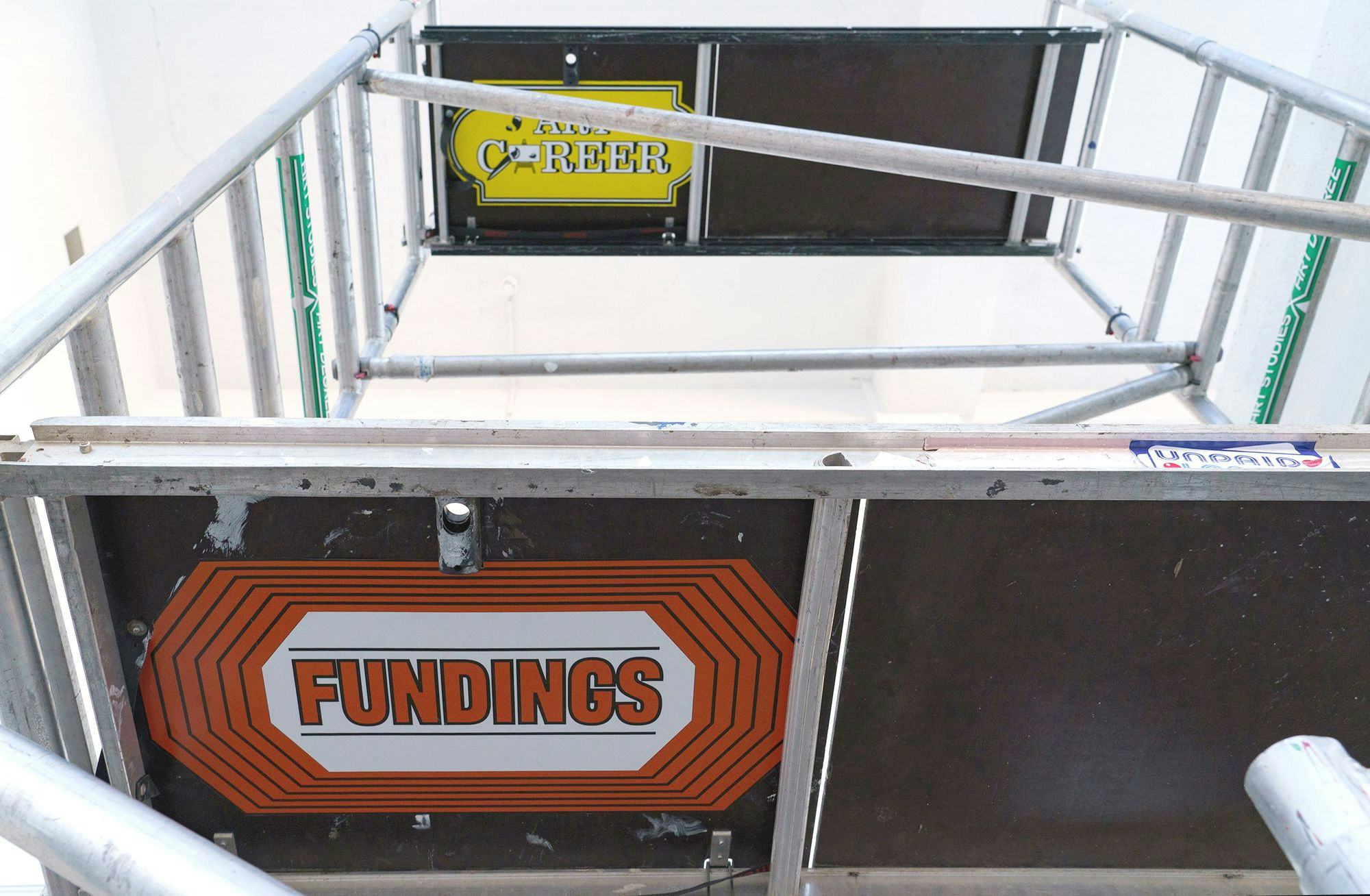
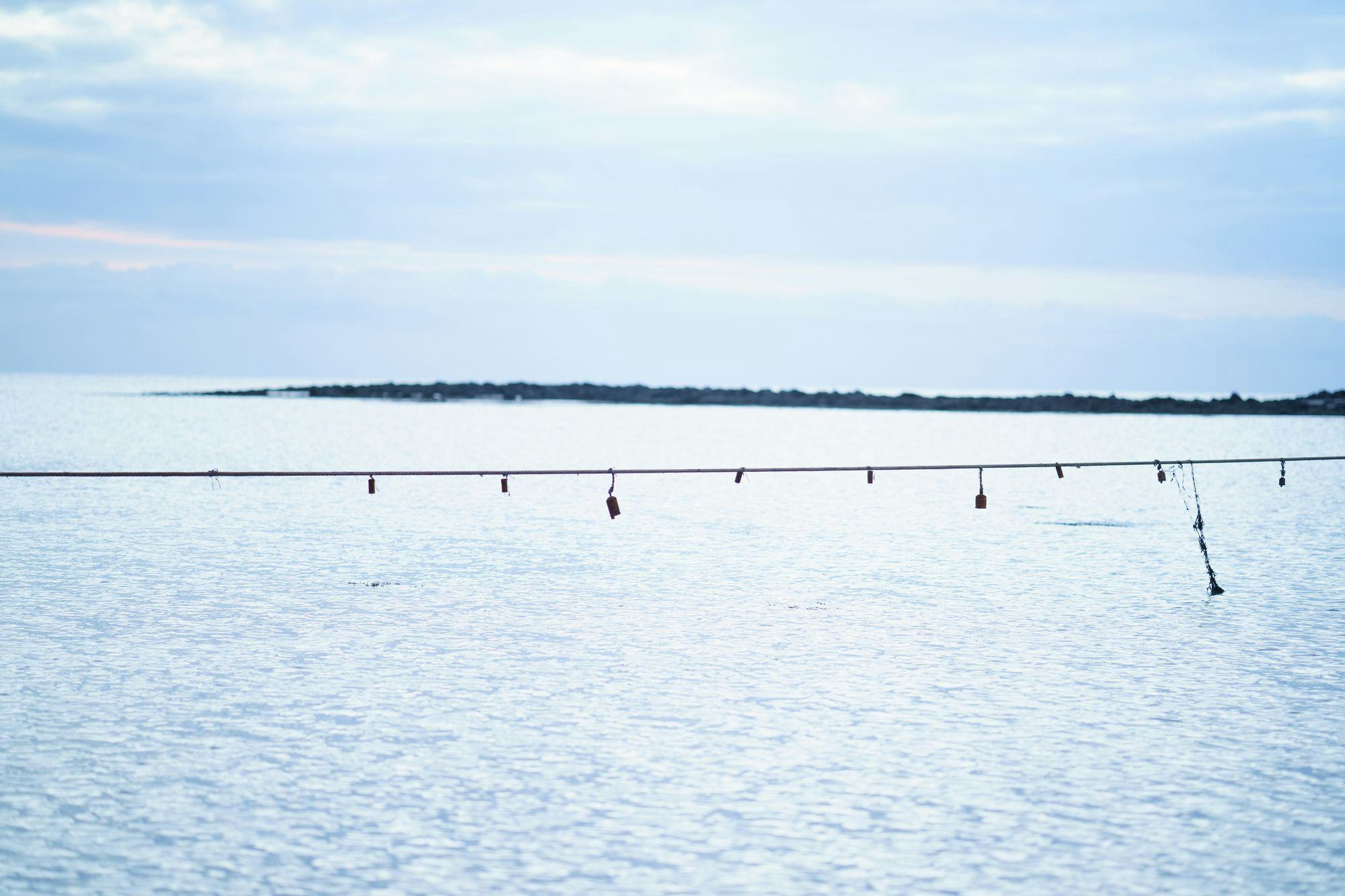
-icelandic-pavilion-2000x2667.jpg&w=2048&q=80)

